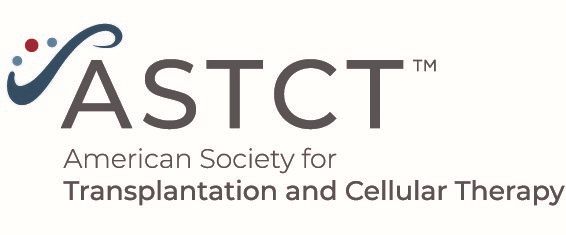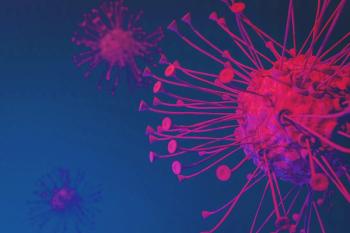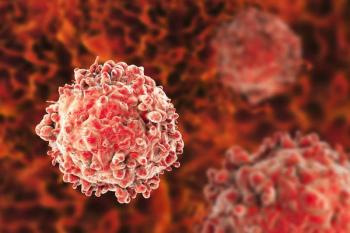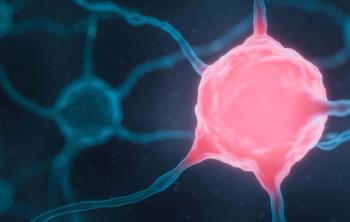
Cell Phones and Cell Therapies: Digital Health Innovations at #Tandem23

Rahul Banerjee, MD, FACP, recounts the recent Tandem meeting by highlighting an interesting study involving cell phones and cell therapies.
While the title of this piece focuses on cell phones and cell therapies, the world of digital health innovations in transplantation and cellular therapy is much broader: telehealth, wearable devices, patient-facing websites, and more. At last year’s #Tandem22 meeting, digital health aficionados (myself included) were excited to see an abstract about digital health – namely, a
This year, we’re even more excited to see not one but two digital health abstracts chosen for oral presentation at #Tandem23! On Thursday, a
Abstract #37: Inpatient ambulation tracking with or without feedback during ASCT
Dr. Banerjee: The ~2-week interval between ASCT and engraftment is characterized by high symptom burden and fatigue. Why did you choose to focus on improving physical activity during this time period in particular?
Ms. Low:
Dr. Banerjee: To that point, the Fitbit feedback system was viewed less frequently by patient's clinical teams than the three-times-per-day goal you had anticipated. Asking busy inpatient providers and nurses to do anything extra is no small feat, of course! Do you think this factored into the lack of difference in 6-minute walk test (6MWT) scores between arms?
Ms. Low & study team: We agree that suboptimal use of the feedback system by nurses and physicians could have contributed to the failure of the feedback system to improve 6MWT scores. Indeed, for every 1 additional time the feedback system was accessed, there was an increase of 137 steps per day. We are working on a system to better integrate feedback monitoring into nursing workflows as a next step, for example through real-time feedback for staff regarding these types of goals.
Dr. Banerjee: What are the next steps for your group? Is this intervention scalable, i.e. could other transplant centers launch a similar Fitbit program as well?
Ms. Low & study team: We were encouraged by the fact that our feedback monitoring system initially increased ambulation by 0.5 miles per day. Although our in-room TV feedback system was developed using technology specific to our institution, the concept of feedback monitoring could easily be deployed to other centers using the wrist display. If other centers are interested, we would be delighted to work with them to study this intervention on a larger scale.
Abstract #52: Multidisciplinary group videoconferencing for patients with cGVHD
Dr. Banerjee: Your intervention was conducted virtually and not in-person. Was this entirely a function of COVID-19, or are there other benefits to deploying these interventions digitally?
Dr. Nelson: The videoconferencing format of this intervention was actually planned prior to the COVID-19 pandemic. And for good reason: patients living with cGVHD are often dealing with debilitating symptoms that make travel difficult or live long distances from their transplant center. It was important to us to be thoughtful upfront about how this intervention was delivered and reduce barriers to accessing this supportive care resource wherever possible.
Dr. Banerjee: Similarly, your intervention involved virtual group visits with 4-6 patients per group. This is a less traditional paradigm than the 1:1 care model that most of us are used to. Did the group format offer any advantages beyond the presence of a behavioral health expert and transplant clinician alone?
Dr. Nelson: Great question. One of the things we hear so consistently from patients living with cGVHD is just how isolating the experience can be. This seems to be influenced, at least in part, by the fact that cGVHD isn’t well understood by the general population or even by other medical professionals. The group format was essential because it provided the opportunity to connect with others living through similar circumstances. When we interviewed a subsample of participants about their experiences with the intervention, they often named the opportunity to connect with other patients living with cGVHD as the most valued and helpful component.
Dr. Banerjee: What are the next steps for your group? Is this intervention scalable, i.e. could other transplant centers launch this program for cGVHD as well?
Dr. Nelson: A multi-center clinical trial would be an excellent next step. Our team at MGH, including Areej El-Jawahri, MD, Lara Traeger, PhD, and others have put a lot of thought into creating a program that is flexible and reproducible. This is one of the reasons that we had interventionists with diverse credentials lead the groups. We’ve also designed a mobile app based on this program that is currently being tested in a randomized trial (clinicaltrials.gov ID:
Newsletter
Stay up to date on recent advances in the multidisciplinary approach to cancer.
































































































